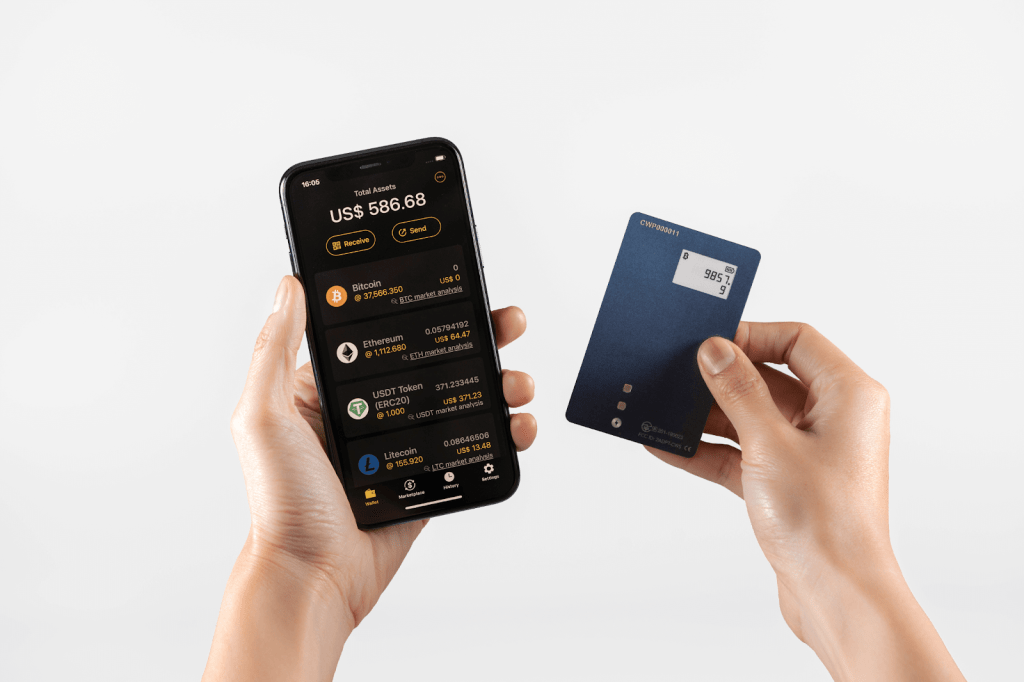
Hardware cryptocurrency wallet models are ideal for users who are concerned about providing the highest level of protection for digital money. As previously mentioned, these are special devices connected to personal computers to download information about crypto-accounts.
The peculiarity of such technical solutions lies in their complete autonomy. The most expensive and advanced gadgets, in addition to the built-in display, have access to the internet and can also use their own software. The most popular cryptocurrency storage gadgets include Trezor, Ledger and CoolWallet, offer secure solutions for safeguarding your digital assets. Don’t forget to use the ledger promo code to avail potential discounts or special offers.
The obvious advantages of hardware local wallets include the following features:
- they support operation with devices running on the most popular OS;
- the system guarantees the highest level of funds security and prevents third parties from gaining access to the user’s crypto accounts;
- the cold wallet is adapted to work with many popular cryptocurrencies;
- ease of use and connection to a PC.
As for the disadvantages, these include the possibility of losing the gadget or having it malfunction, resulting in the inability to regain access to the accounts where the cryptocurrency is stored.
Comparing CoolWallet with Trezor and Ledger

Let’s find out how the CoolWallet S differs from popular models on the hardware wallet market.
No desktop client
CoolWallet S is the only hardware wallet that only connects to smartphones. There is no possibility to work with it via a PC. In my opinion, this is more of an advantage than a disadvantage, as it eliminates a huge number of attack vectors on the user and his/her digital money.
Multicurrency
CoolWallet S supports fewer cryptocurrencies than Trezor, Ledger. That is, the list of supported coins does not include: EOS (EOS), Cardano (ADA), Ethereum Classic (ETC), Monero (XMR), NEM (XEM), and many others.
Change addresses
BTC, BCH, LTC (coins from UTXO accounting models) transactions use the same change addresses. This is done so as not to unnecessarily burden the device’s CPU.
Bitcoin and litecoin addresses (BIP141)
Unlike popular models, BTC, LTC uses the BIP141offer, which makes it not very convenient to recover funds from third-party wallets.
Integration with third-party wallets – electrum
On the one hand this is an advantage (security) and on the other hand a disadvantage (convenience) – the wallet cannot be integrated with other wallets such as Electrum, Metamask, Exodus, Magnum Wallet and others.
Passphrase
CoolWallet S doesn’t support the passphrase (Passphrase BIP) described in sentence BIP39.
No U2F and no password manager
At the time of writing, there is no option to use the device as a universal two-factor authentication, simply put, a U2F token and no app for storing passwords.
To sum up
The CoolWallet S is quite different from the Trezor and Ledger wallets in terms of less functionality, but it also has two fundamental advantages – portability (connectivity via Bluetooth to smartphones) and a form factor that allows it to be kept in a wallet, use on the go without attracting unnecessary attention. In my opinion, this confidently compensates for the lack of some features.